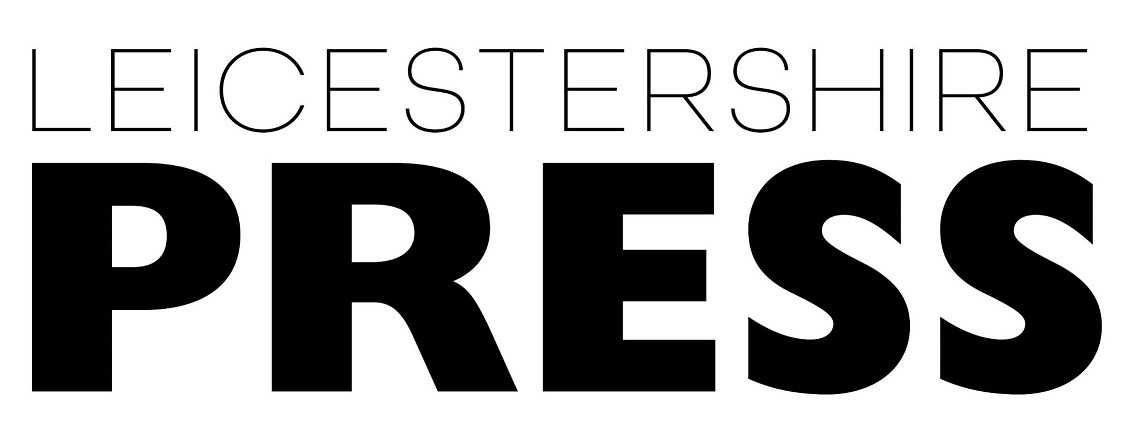By Chloe Hewitt
Whilst in any city it is nice to spend the time walking around and exploring the sights, with a disability and in a city like Prague that is not always the easiest of feats.

Like with many old cities, many of the streets have cobbled stones making it difficult for wheelchair users to get about and for myself, personally, they’re not the nicest to walk on with a walking stick.
As well, the uneven ground creates problems for those who have issues with their knees. The cobble stones are also a hazard when it has rained as they get very slippery, which causes problems for people who are able-bodied let alone somebody who is disabled.
Many of the pavements have high kerbs meaning there is a big step down from street to road.
If walking around is not the best choice then catching one of the forms of public transport is the best bet.
The bus network in Prague is the most disabled friendly as the driver just needs to fold down a ramp positioned in the centre doors to allow wheelchair users onboard. However, the buses are mostly frequented by locals and fill up very quickly, making it a tight squeeze and often difficult to get out.
With 21 day-time routes and nine night-time routes, covering 88.5 miles of track, Prague has an extensive tram network. Although all the boarding areas are accessible, not all the trams themselves are. The newest model introduced back in 2005 has low level boarding, with a ramp extended to the boarding area – however as the boarding areas themselves are different heights the ramps can often be quite steep.
Wheelchair accessible trams will always be indicated on the signs saying which trams are due, to make it even clearer as to what ones to use.
Another issue with the trams is the lines themselves, running through the street of the city easily creating a hazard for those with walking aids or in a wheelchair.

Serving nearly 600 million people annually, the Prague metro is the fifth biggest in Europe. As with most underground networks, largely due to their age, the vast majority of stations are not wheelchair accessible – on Line A just five stations provide lifts or direct platforms for the handicapped.
Mustek, one of the main stations as it serves as a transfer between A and B is not wheelchair accessible, meaning passengers have to travel on to Muzeum or Florenc if they are wishing to change.
An issue with a number of the stations seems to be when you are leaving the metro to get to street level there are escalators up, however, there are only stairs down.
Personally, I am not keen on the change at Florenc station due to there being a number of escalators and a slope to the other line. There are lifts, but I prefer to avoid using them as much as possible as wheelchair users who need them more than myself can do so.
In Prague people seem to be far more respectful as well of those who have walking aids than on the London Underground for example. I have had many a trip on the Underground where people have decided staring at me struggling to stand up is a better option than deciding to offer me a seat.
However, many restaurants do not seem to have disabled toilets which is an issue particularly for wheelchair users as they would not have the space to get into a normal toilet cubicle.
In general, once you have figured out how to get about it is easily done in Prague, but despite that it does not mean it is not without its inconvenience. Learning as you go on is part and parcel of going on holiday to another country.








